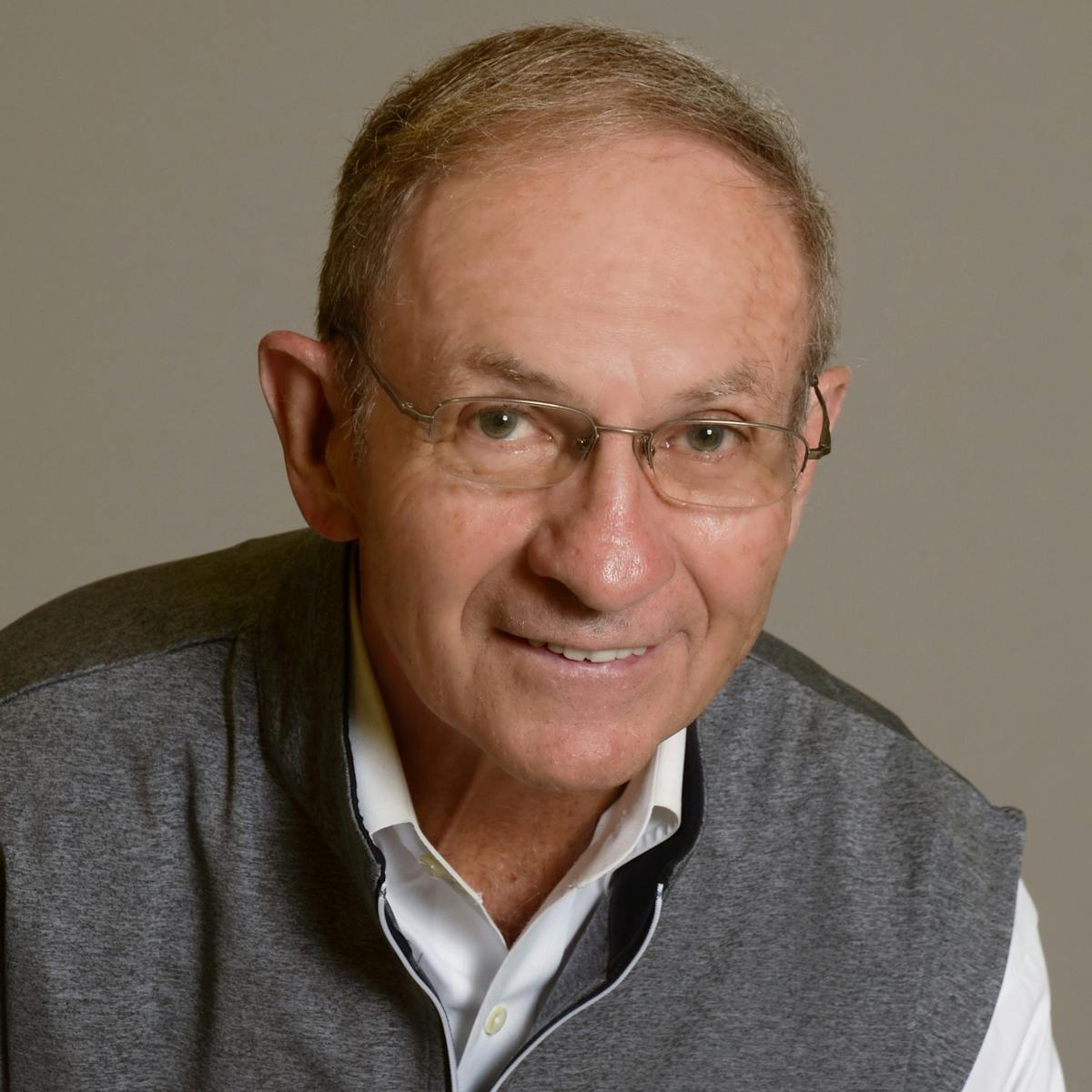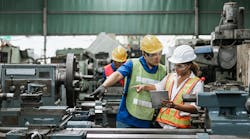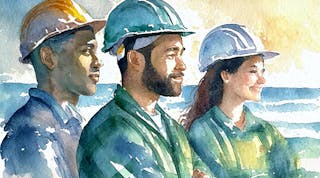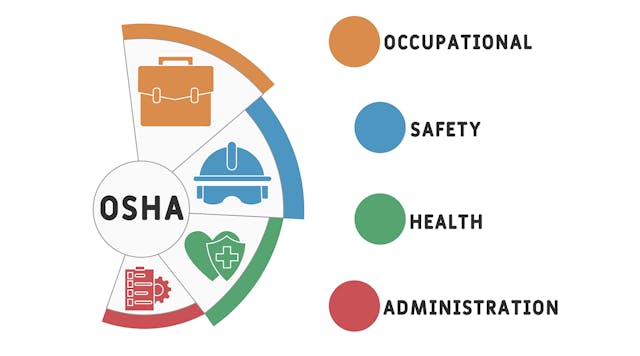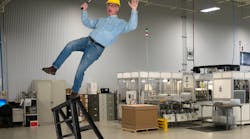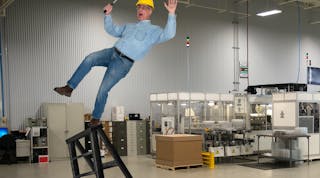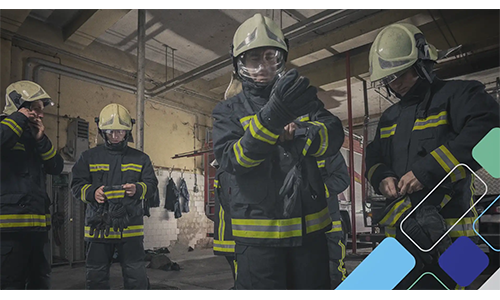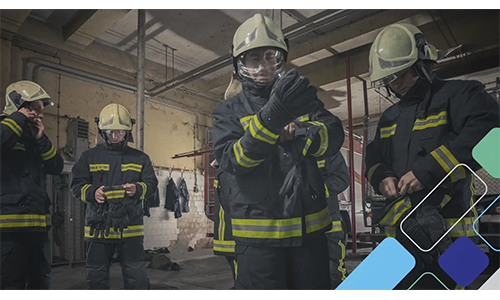In the safety profession, we talk a lot about ergonomics and the importance of proper alignment of the body and the workplace. The same attention must be paid to aligning corporate culture and safety leadership.
You can’t have a world-class safety culture without buy-in from employees—and that starts at the top. A crucial first step in the process is using transformational safety leadership to engage the workforce, says Richard Fulwiler and Stephen Jenkins. Fulwiler is president of Transformational Leadership Associates and the former global director of health and safety for Procter & Gamble. Jenkins is the director of safety and health for Cintas Corporation.
EHS Today caught up with Fulwiler and Jenkins, who will be delivering a keynote presentation on achieving and sustaining workplace excellence at the Safety Leadership Conference, which will be held Sept. 18-20 in Orlando, Florida.
More information about the conference, including registration, can be found here. Below is a preview of what to expect from Fulwiler and Jenkins’ presentation.
EHS Today: Let's start off with a definition. What is transformational safety leadership (TSL), and can you give an example of it in practice?
Jenkins: Transformational leadership, in a word, is listening. Health and safety (H&S) professionals have to be curious and create an environment in which employees can engage and contribute.
Why is it imperative that safety leadership align with corporate culture?
Fulwiler: For an enterprise to achieve safety excellence, safety must be a part of the enterprise’s culture—not a standalone safety culture. Said another way, it must be embedded into the DNA of the enterprise just like cost, quality and customer service are. Only then will safety excellence be seen as a critical value to the senior management of the enterprise.
Jenkins: Organizational culture trumps all. Culture [sets] the rules of the game. You have to know the rules and play by the rules to be successful. Any part of a safety process that does not align with its culture will underperform.
What are some outcomes that can result from a good alignment?
Jenkins: The greatest is increased success. Being aligned with the corporate culture makes success much easier. It is easier for everyone to understand, contribute and execute H&S if it aligns with the culture.
The past few years have been challenging, to say the least. What can safety leaders take away from some of these experiences (e.g., COVID-19, labor shortages) and leverage that for the future?
Organizations can best improve when they are aligned. Listening—truly listening—accelerates engagement, which, in turn, builds alignment. A TSL approach allows employees to engage with one another across all parts of the organization.
Can you give a few easy and relatively inexpensive ideas for how to introduce TSL into an organization?
Jenkins: Be curious. Ask questions. Be ready to learn how others see the situation. It will be different than your own thoughts. It could be very different.
Next time you engage someone else in your organization, ask them how the work is done. If there was a near miss, don’t assume a rule was broken. Don’t think you need to know the answer why. Listen and learn. And say thank you.
Every company’s culture has some form of improvement built into it. Learn how employees at all levels view H&S and how they would improve it.
How can TSL break down silos or cut through organizational red tape?
Jenkins: If you apply TSL, you will not only break down barriers, you will build bridges. If you are not engaging employees at this time, it takes time to build a bridge. In most cases, it may just require repairs to truly become exceptional in TSL.
Can you give a few examples of ways that TSL benefits frontline workers?
Fulwiler: The concept behind TSL is to recognize the shop floor workers are partners in the entire operation, [that] they are listened to, and their input is valued. In other words, the worker is seen as not just a source of brawn. TSL also engages their head and their heart. When their head and heart are engaged, excellence will follow.
Jenkins: The front line learns how to have effective input. They learn that expressing positive discontent is welcomed and powerful.
What's one thing you hope attendees learn from your session at the Safety Leadership Conference?
Jenkins: That the person doing the work knows how the work gets done. That person has opinions and answers. That person will ultimately be a bigger contributor to the success of H&S in your organization than you can fathom. Employees will surprise you in a very great way.









